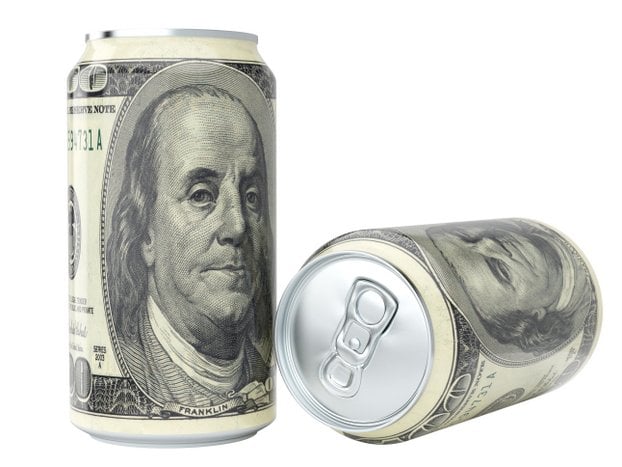 I recently bought a book called Priceless, The Myth of Fair Value. The book is 300+ pages long and provides great information about pricing and the role of human psychology in how purchasing decisions are made. While the book contains a lot of interesting stories, studies and research, it doesn’t do much to help with the fundamental question:
I recently bought a book called Priceless, The Myth of Fair Value. The book is 300+ pages long and provides great information about pricing and the role of human psychology in how purchasing decisions are made. While the book contains a lot of interesting stories, studies and research, it doesn’t do much to help with the fundamental question:
How should you price your products?
Ideally, to price your beer, you would determine the costs, add a healthy markup, and sell it to your distributor (or retailer) at a fat profit. Unfortunately, the market forces and your competitors have some influence here.
So, how do you price your products?
Maybe you just looked at what everyone else was charging and followed suit. Maybe you took a wild guess and hoped it would all work out in the end. Maybe you just went along with what your beer distributor suggested that you charge. Regardless of how you did it, today we’re going to talk about how you should do it. We’ll put real numbers out there and provide a template you can use to make pricing easy. Best of all, you don’t have to read a 300-page book to find the answers.
How to price your products:
- Pricing terms: PTC, PTR, PTD … without the PTSD
- How pricing works in the real world — gross profit needed at each level
- Use the pricing model — plug n’ play pricing for your beer
Pricing terms
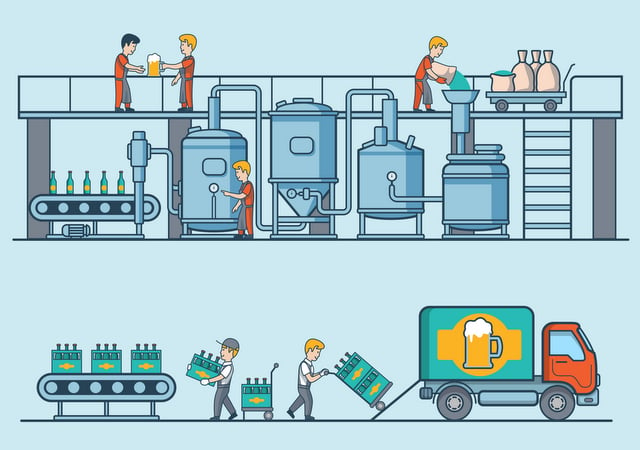
The typical beer sales cycle looks like this: the brewery sells to the distributor, who then sells to the retailer, who then sells to the end consumer. At each stage in the sales cycle, there are different prices and markups that are charged. The price to distributor, or PTD, is the amount the brewery charges to the distributor. The price to retailer, or PTR, is the price the distributor charges to the retailer. Lastly, the price to consumer, or PTC, is the amount charged to the consumer. This is the amount listed on the store shelf for your beer.
You won’t be surprised to hear that the price the consumer pays for your beer is significantly higher than what you sold it for. The reason, of course, is that everyone in the sales cycle needs to make money. The brewery, the distributor and the retailer all have profit margins that they need on the sale of the beer. Those terms again…
- PTD = Price to distributor
- PTR = Price to retailer
- PTC = Price to consumer
How prices work in the real world
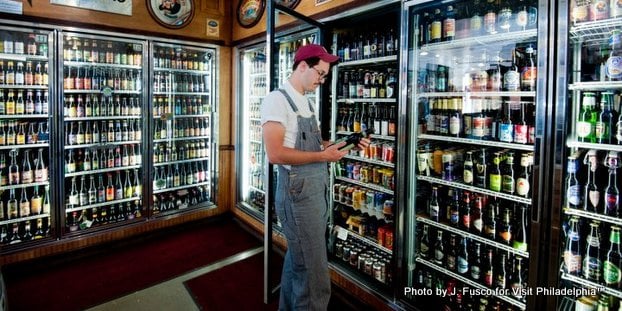
In order to properly price your products, you’ll need to work backward from the price to consumer. This is the price of the beer on the shelf at the retail account. If your competitor’s brand is selling for $9.99 a six-pack, you’ll want to price your beer accordingly. The challenge is to figure out how much to charge your distributor, who then will charge the retailer, who then will price the six-pack at $12.99.
We’ll take this in small steps.
Let’s say you charge the distributor $25 for a case of beer. The distributor typically needs to make 25 to 30 percent gross profit when they sell it to the retailer. Gross profit is the difference between the cost and the price of the product. In order to get a 30 percent gross profit, the distributor then charges the retailer $36 for the beer. The retailer also needs to make 30 percent on the beer. Since they will sell it in six-packs, they markup the beer and charge the customer $12.99. Everyone needs to make their margins at each point in the sales cycle. This is what keeps the world going round and the beer being sold.
The numbers can get confusing fast. Thank goodness we have a pricing model that will do the math for you. Use the pricing model: plug n’ play pricing for your beer. There are many variables to consider when pricing your beer. You can break out the calculator, pen and pencil, or you can use this sweet Pricing Model spreadsheet. Below is a snapshot:

The pricing model takes all the variables involved in setting the price and combines them into an easy to use spreadsheet. Simply enter a few numbers and viola, you’ll have the information to get your beer on the shelf at a competitive price. The FOB refers to the package price of your beer. This is what you will charge the distributor.
In addition to the FOB, the distributor needs to pay freight and taxes on the beer. This information is important to understand because it impacts the distributor’s gross profit. As noted above, they need to be around 30 percent, so these added costs need to be accounted for. The PTR, price to retailer, is the amount the distributor charges to the retailer. You may think this doesn’t impact you, but it does. Every price in the sales cycle will ultimately influence the price of the beer on the shelf for the customer.
Wrap up + action items
Read and understand the pricing terms — price to distributor (PTD), price to retailer (PTR) and price to consumer (PTC). Know that everyone needs to make money at each step in the sales cycle. The distributor needs to make their gross profit, and so does the retailer. Most importantly, so do you, the brewery owner. Don’t guess or follow the herd when it comes to pricing. Use the Pricing Model to properly price your beer.
 Kary Shumway is the founder of Beer Business Finance, an online resource for beer industry professionals. Shumway has worked in the beer industry for more than 20 years as a Certified Public Accountant and currently as chief financial officer for Clarke Distributors Inc. in Keene, N.H. Beer Business Finance publishes a weekly beer industry finance newsletter, offers guide books on topics such as sales compensation planning, SKU management and financial literacy and produces a weekly podcast. The newsletter with a free six-month trial, industry guides and podcast are all available at www.BeerBusinessFinance.com.
Kary Shumway is the founder of Beer Business Finance, an online resource for beer industry professionals. Shumway has worked in the beer industry for more than 20 years as a Certified Public Accountant and currently as chief financial officer for Clarke Distributors Inc. in Keene, N.H. Beer Business Finance publishes a weekly beer industry finance newsletter, offers guide books on topics such as sales compensation planning, SKU management and financial literacy and produces a weekly podcast. The newsletter with a free six-month trial, industry guides and podcast are all available at www.BeerBusinessFinance.com.

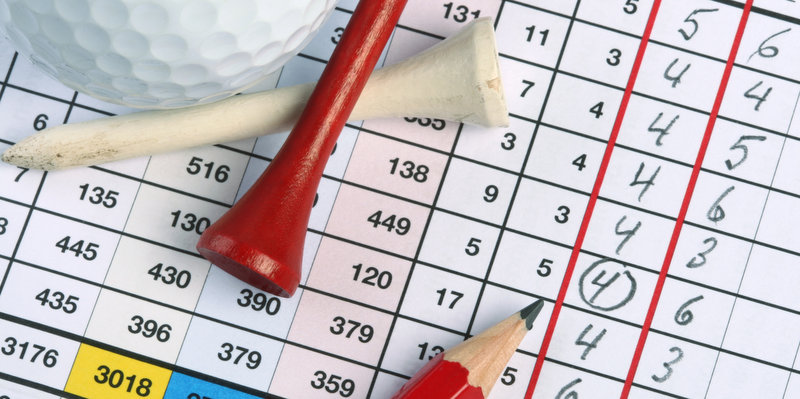
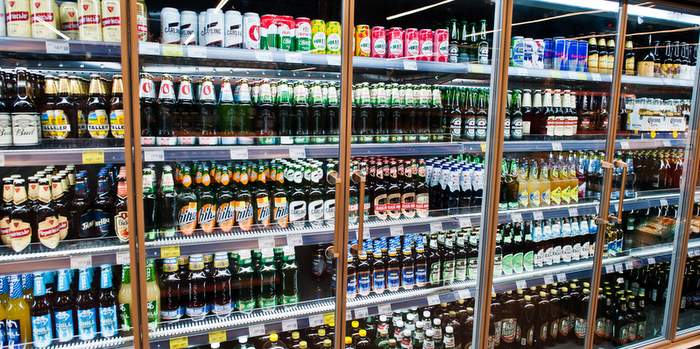
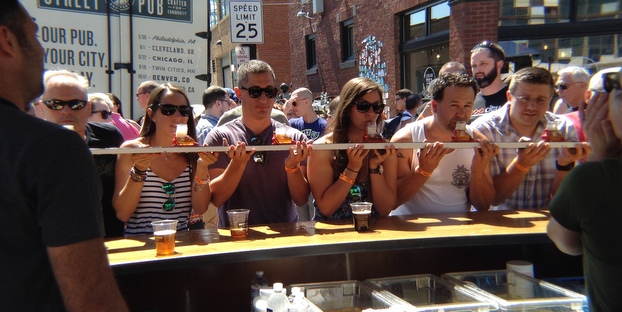
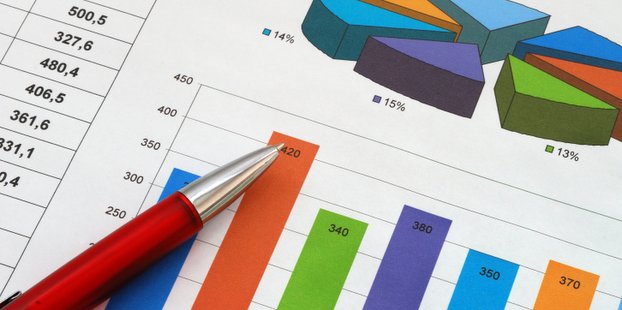
[…] interviewing for a job at a beer distributor, it’s important to prepare for common interview questions. Be sure to have answers prepared […]